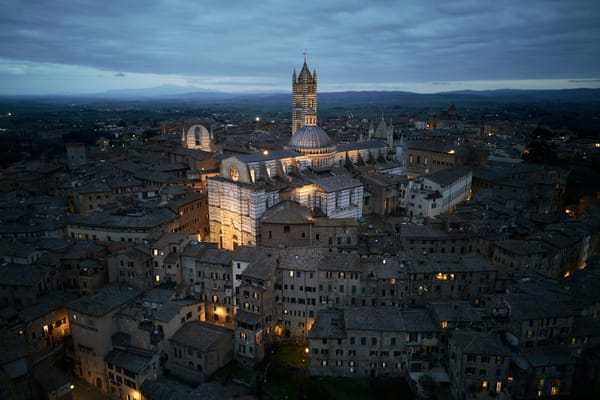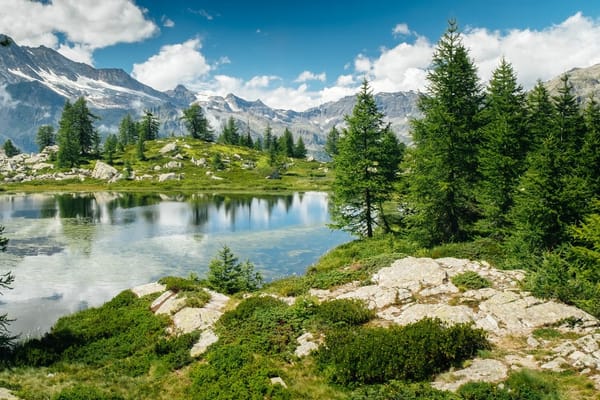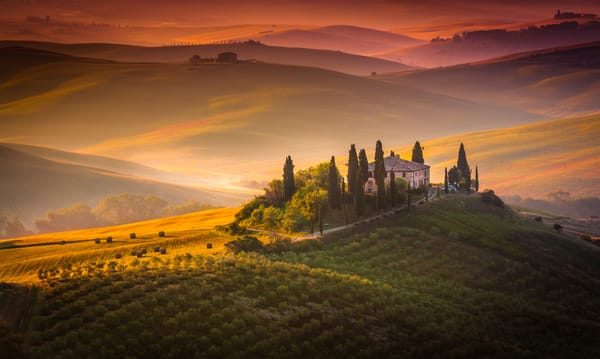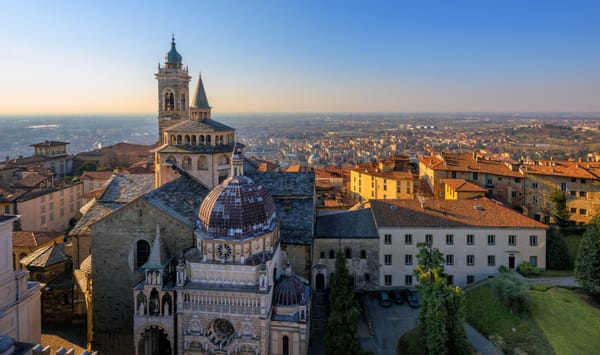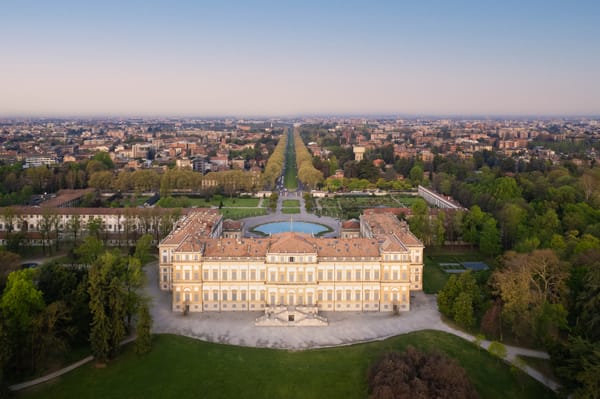To speak of Italy is to speak of the very foundations of Western art. For centuries, this peninsula has been a crucible of creativity, a landscape where civilization’s most profound aesthetic and intellectual movements were born, nurtured, and perfected. It is more than a country; it is a living repository of human genius, where the past is not a foreign country but a constant, breathing presence. The artistic journey through Italy is a pilgrimage through the history of vision itself—from the stoic grandeur of the Roman Empire and the spiritual depths of the Byzantine era to the humanistic revolution of the Renaissance and the dramatic passions of the Baroque.
This legacy was not born in a vacuum. It was forged in the competitive crucible of city-states, where powerful families like the Medici in Florence and the Gonzaga in Mantua, along with the Papacy in Rome and the maritime Republic of Venice, vied for prestige through artistic patronage. They commissioned works that were not merely decorative but were statements of power, piety, and intellectual ambition. This unique historical landscape created fertile ground for masters like Leonardo da Vinci, Michelangelo, Raphael, and Caravaggio to redefine the limits of human expression.
Exploring these cities is not simply about ticking off items on a checklist, it is about understanding context, connecting with the spirit of a place, and discovering the soul of Italy one masterpiece at a time. This guide delves into the 20 best art cities, from the monumental centers of power to the hidden regional gems, offering a starting point for the curious explorer looking to curate a truly authentic and enlightening journey.
The three titans: where Western art was forged
These three cities form the bedrock of any artistic pilgrimage to Italy. They are essential, not just for the masterpieces they hold, but for their profound influence on the trajectory of Western civilization.
Rome: the eternal canvas
Rome is an unparalleled chronicle of artistic power, layered with over two and a half millennia of history. It is a city of epic scale and ambition, where one can trace the evolution of an empire, a faith, and a new artistic language.
- Artistic soul: The continuity of power, from the Roman Empire's classical order to the Catholic Church's spiritual and temporal grandeur, culminating in the theatrical explosion of the Baroque.
- Must-see masterpieces: The Colosseum and Roman Forum; the architectural miracle of the Pantheon; Michelangelo’s Sistine Chapel and the vast collections of the Vatican Museums; the emotive Baroque sculptures of Gian Lorenzo Bernini in the Galleria Borghese and Piazza Navona.
- Authentic experience: Seek out Caravaggio's dramatic canvases tucked away in churches like San Luigi dei Francesi. Wander the ivy-clad streets of Trastevere and discover the authentic neighborhood charm and traditional trattorias of Testaccio.
- To plan your visit to Rome in detail → Explore the ultimate Rome travel guide
Florence: cradle of the Renaissance
Florence is where the modern artistic world was born. It is a city of human scale, but its impact is immeasurable, representing the triumph of humanism, perspective, and a revolutionary new way of seeing the world.
- Artistic soul: The Renaissance spirit of humanism, intellectual curiosity, and the celebration of individual genius, all fostered under the patronage of the Medici family.
- Must-see masterpieces: Botticelli's Birth of Venus and other Renaissance treasures at the Uffizi Gallery; Michelangelo's David at the Galleria dell'Accademia; Brunelleschi's revolutionary Dome atop the Duomo.
- Authentic experience: Cross the Ponte Vecchio into the Oltrarno district, the city's artisan quarter. Visit the workshops of traditional bookbinders, leatherworkers, and jewelers to see centuries-old techniques still in practice.
- To plan your visit to Florence in detail → Explore the ultimate Florence travel guide
Venice: the serene republic's gilded age
Unique in its very existence, Venice offers an art experience inseparable from its otherworldly landscape of water and light. Its art reflects its history as a dominant maritime power, a bridge between East and West.
- Artistic soul: The celebration of color, light, and opulence, reflecting the city's wealth and its unique Byzantine and Gothic influences. The Venetian School prized colorito (color) over disegno (drawing).
- Must-see masterpieces: The glittering Byzantine mosaics of St. Mark's Basilica; the Gothic splendor of the Doge's Palace; the masterful use of color by Titian, Veronese, and Tintoretto at the Gallerie dell'Accademia; Tintoretto's epic narrative cycle at the Scuola Grande di San Rocco.
- Authentic experience: Venture beyond St. Mark's Square to the quiet canals of Dorsoduro. Visit a traditional gondola boatyard (squero) or discover the contemporary art masterpieces at the Peggy Guggenheim Collection.
- To plan your visit to Venice in detail → Explore the ultimate Venice travel guide

Northern Italy's artistic powerhouses
Northern Italy, a hub of commerce and innovation, boasts cities whose artistic patronage and distinct regional styles rival those of the titans.
Milan: from Gothic spires to modernist design
While known as a capital of fashion and finance, Milan possesses a rich and often underestimated artistic heritage that spans from the High Gothic to the forefront of contemporary design.
- Artistic soul: A blend of Lombard austerity, Gothic ambition, and a forward-looking embrace of modernity and design.
- Must-see masterpieces: The intricate, sky-piercing architecture of the Milan Duomo; Leonardo da Vinci's The Last Supper at Santa Maria delle Grazie; the world-class collection of Italian masterpieces at the Pinacoteca di Brera.
- Authentic experience: Explore the design-focused Brera and Navigli districts. Visit the Fondazione Prada for a world-class contemporary art experience in a stunningly repurposed industrial complex.
- To plan your visit to Milan in detail → Explore the ultimate Milan travel guide
Turin: baroque grandeur and Egyptian treasures
The first capital of a unified Italy, Turin is a city of elegant Baroque architecture, wide boulevards, and stately piazzas, reflecting the power and sophistication of the House of Savoy.
- Artistic soul: Regal and refined Baroque classicism, showcasing the ambition of a royal capital.
- Must-see masterpieces: The opulent Royal Palace of Turin and the grand Reggia di Venaria; the world-renowned collection of the Museo Egizio; the cinematic wonder of the National Museum of Cinema housed in the Mole Antonelliana.
- Authentic experience: Step back in time at one of Turin's historic cafes, such as Caffè Fiorio or Al Bicerin, which have been centers of the city's intellectual life for centuries.
Bologna: the learned and the red
Known as La Dotta (the learned) for its ancient university and La Rossa (the red) for its terracotta-hued buildings, Bologna is a vibrant cultural center with a deep medieval heritage.
- Artistic soul: A unique blend of medieval grit, academic intellect, and a rich culinary tradition.
- Must-see masterpieces: The vast Piazza Maggiore and the unfinished Basilica of San Petronio; the key works of the Bolognese School at the Pinacoteca Nazionale; the medieval Asinelli and Garisenda Towers.
- Authentic experience: Explore the Quadrilatero, the city's ancient market district, indulging in the sights and smells of local delicacies. Walk for miles under the city's famous porticoes, a unique architectural feature.
Padua: Giotto's revolution
This historic university city is home to a pivotal masterpiece that forever changed the course of Western art, marking a definitive break from the medieval past.
- Artistic soul: The dawn of the Renaissance, where new ideas of naturalism, emotion, and human drama first came to life.
- Must-see masterpieces: The Scrovegni Chapel, where Giotto's fresco cycle showcases a revolutionary approach to narrative and emotion; the grand pilgrimage site of the Basilica of Saint Anthony.
- Authentic experience: Visit the historic University of Padua, founded in 1222, and see its 16th-century anatomical theater, a testament to the city's role in the scientific revolution.
Ravenna: the glory of Byzantium
For a journey into the world of late Roman and Byzantine art, Ravenna is unparalleled. Its collection of 5th and 6th-century mosaics is a window into a lost world of imperial splendor.
- Artistic soul: The ethereal beauty and spiritual power of early Christian and Byzantine mosaic art.
- Must-see masterpieces: The breathtaking mosaics of the Basilica di San Vitale, the Mausoleum of Galla Placidia, and the Basilica di Sant'Apollinare Nuovo, all UNESCO World Heritage sites.
- Authentic experience: Discover the quieter Arian Baptistery and visit the Tomb of Dante, the final resting place of the father of the Italian language.
Verona: Roman splendor and Renaissance romance
Verona's artistic heritage spans from the Roman era to the Renaissance, offering a storybook setting of ancient ruins, medieval castles, and romantic courtyards.
- Artistic soul: A romantic layering of Roman engineering, medieval lordship, and Renaissance artistry.
- Must-see masterpieces: The magnificent Roman Arena; the Romanesque masterpiece of the Basilica of San Zeno Maggiore; the art collection within the medieval fortress of the Castelvecchio Museum.
- Authentic experience: Attend an opera performance in the ancient Roman Arena for an unforgettable cultural experience. Stroll across the Ponte Pietra at sunset for stunning views of the Adige river.
Genoa: a maritime republic's palatial grandeur
Genoa, "La Superba," a powerful maritime republic and rival to Venice, boasts a historic center that is one of the largest in Europe, filled with the opulent palaces of its wealthy merchant families.
- Artistic soul: The immense wealth and worldly sophistication of a merchant republic, expressed through grand Mannerist and Baroque palaces.
- Must-see masterpieces: The UNESCO-listed Palazzi dei Rolli on Via Garibaldi, now housing museums like Palazzo Rosso and Palazzo Bianco, featuring works by Caravaggio, Rubens, and Van Dyck.
- Authentic experience: Get lost in the caruggi, the maze of narrow medieval alleyways in the old town, to discover hidden churches, small shops, and the authentic, gritty soul of this port city.
Mantua: the jewel of the Gonzaga
Surrounded by lakes, this compact city was the seat of the powerful Gonzaga family, who transformed it into a dazzling center of Renaissance art and culture that attracted the era's greatest talents.
- Artistic soul: The ideal Renaissance court, a self-contained world of art, music, and humanist philosophy.
- Must-see masterpieces: Andrea Mantegna's stunning illusionistic frescoes in the Camera degli Sposi within the vast Palazzo Ducale; the extravagant Mannerist frescoes by Giulio Romano at Palazzo Te.
- Authentic experience: Rent a bicycle and circumnavigate the city's serene surrounding lakes, enjoying the same skyline views that inspired Renaissance artists.
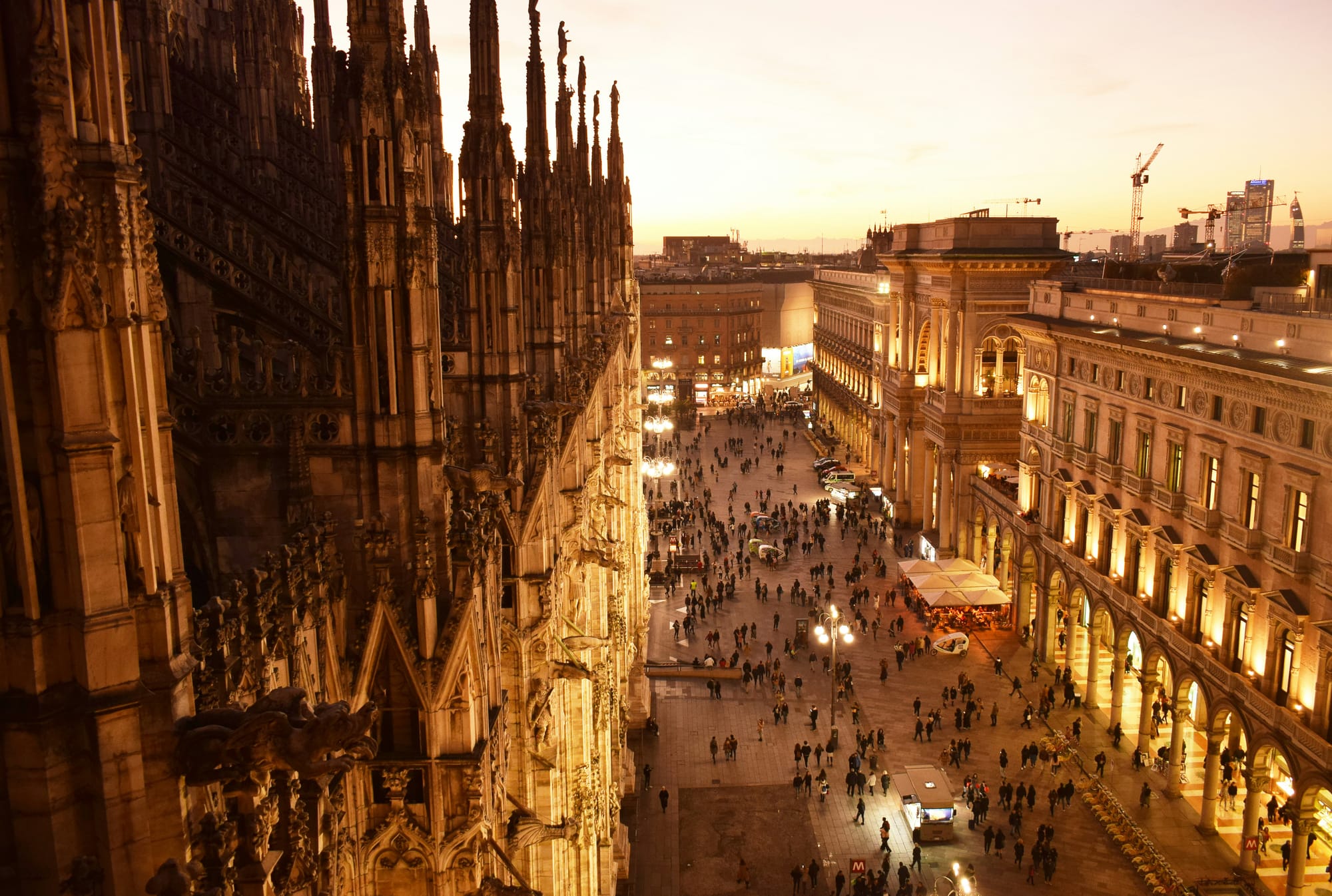
The heart of Italy: art cities in Tuscany and Umbria
Beyond Florence, the hill towns and historic cities of Central Italy offer their own profound artistic legacies, defined by their unique histories and proud civic identities.
Siena: the Gothic dream
Florence's historic rival, Siena is the undisputed queen of Italian Gothic art and architecture, a city that feels wonderfully preserved in its medieval golden age.
- Artistic soul: Civic pride and devout faith expressed through the elegant and decorative Sienese Gothic style.
- Must-see masterpieces: The stunning fan-shaped Piazza del Campo; the magnificent black-and-white striped Duomo di Siena with its Piccolomini Library; Ambrogio Lorenzetti's Allegory of Good and Bad Government in the Palazzo Pubblico.
- Authentic experience: Explore the different contrade (districts) of the city, each with its own flag, fountain, and museum, to understand the deep-rooted civic rivalries that fuel the famous Palio horse race.
- To plan your visit to Siena in detail → Explore the insider's guide to Siena.
Pisa: more than a leaning tower
While the iconic tower draws the crowds, the entire Piazza dei Miracoli (Square of Miracles) is a breathtaking and harmonious architectural ensemble that testifies to Pisa's power as a medieval maritime republic.
- Artistic soul: The Pisan Romanesque style, a unique blend of classical, Lombard, and Byzantine influences reflecting the city's international trade connections.
- Must-see masterpieces: The entire UNESCO-listed Piazza dei Miracoli, including the Leaning Tower, the magnificent Duomo, the circular Baptistery, and the serene Camposanto Monumentale.
- Authentic experience: Escape the crowds of the Piazza and walk along the Arno river to discover the charming Piazza dei Cavalieri and the tiny, jewel-box Gothic church of Santa Maria della Spina.
Perugia: the Umbrian soul
The capital of Umbria, this fortified hilltop city has a rich Etruscan, Roman, and medieval past, and serves as the primary repository for the region's distinctive artistic school.
- Artistic soul: The Umbrian School of painting, known for its gentle, serene landscapes and figures, bridging the gap between medieval piety and Renaissance humanism.
- Must-see masterpieces: The Galleria Nazionale dell'Umbria, housing the definitive collection of Umbrian masters like Perugino and Pinturicchio; the Fontana Maggiore, a masterpiece of medieval sculpture.
- Authentic experience: Explore the Rocca Paolina, a fascinating underground city-beneath-a-city, and sample the region's famous chocolates at a historic confectioner.
Urbino: the ideal Renaissance city
Nestled in the Marche region, Urbino is a perfectly preserved Renaissance hill town, a UNESCO World Heritage site that represents the fulfillment of humanist ideals in art and architecture.
- Artistic soul: The embodiment of the ideal Renaissance court, focused on harmony, mathematical proportion, and intellectual pursuits under Duke Federico da Montefeltro.
- Must-see masterpieces: The Palazzo Ducale, a masterpiece of Renaissance architecture housing the Galleria Nazionale delle Marche, with seminal works by Piero della Francesca and Urbino's native son, Raphael.
- Authentic experience: Walk the city's steep, quiet streets at dawn or dusk to feel the unchanged Renaissance atmosphere and appreciate the harmony of its architecture without the crowds.
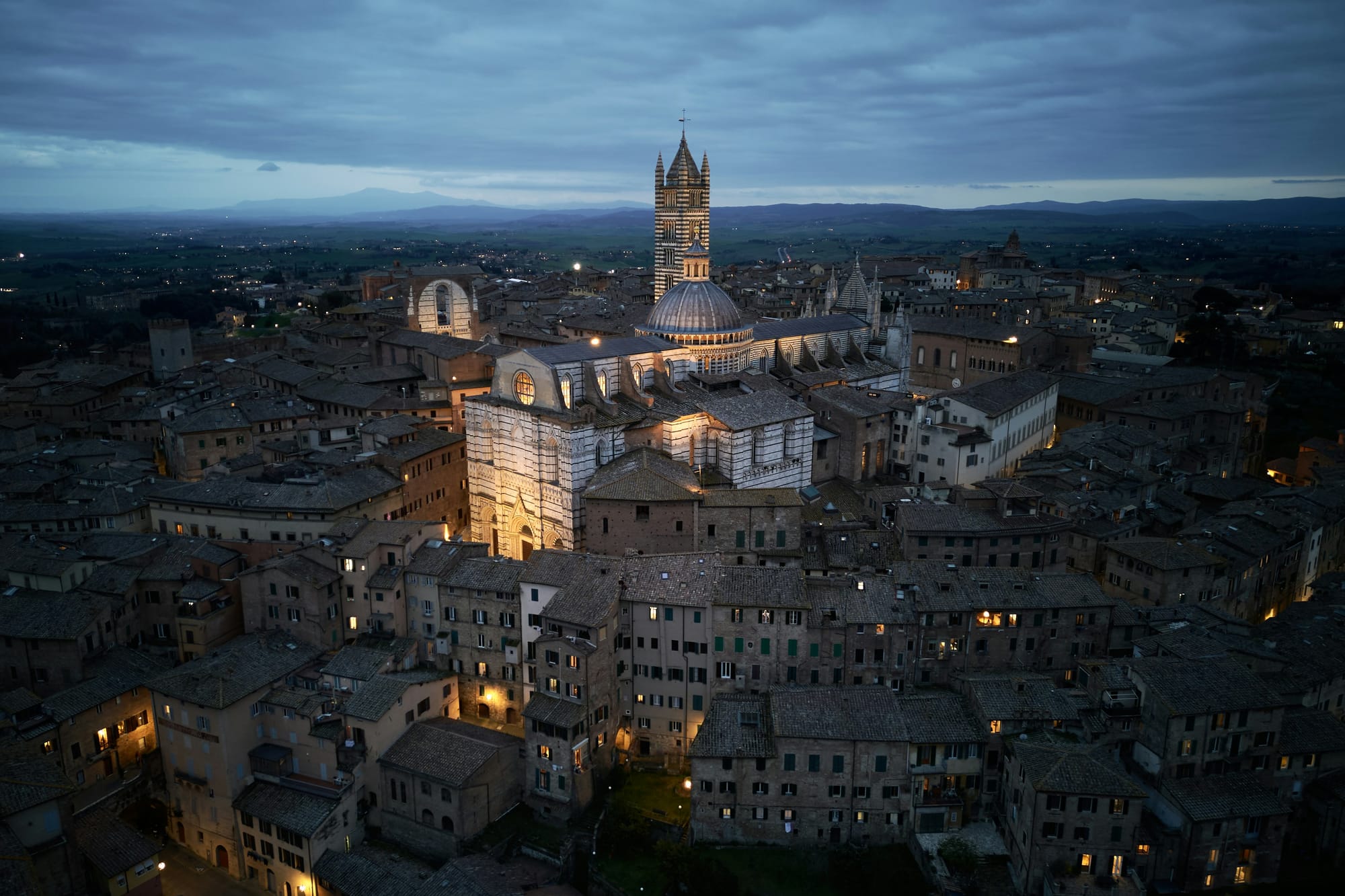
The soul of the south: art in Southern Italy and the islands
Southern Italy offers a unique artistic tapestry, woven with the rich and complex threads of Greek, Norman, Spanish, and Bourbon influences, creating a cultural landscape unlike any other.
Naples: a kingdom of art and passion
Naples is a vibrant, intense, and deeply layered city. Its artistic heritage is one of immense importance, from Greco-Roman antiquities to the dramatic intensity of the Baroque.
- Artistic soul: A dramatic and passionate character, embracing both classical order and the theatrical extremes of the Caravaggesque and Baroque styles.
- Must-see masterpieces: The unparalleled collection of Roman artifacts from Pompeii at the National Archaeological Museum; Caravaggio's The Seven Works of Mercy; the breathtaking Veiled Christ sculpture in the Sansevero Chapel.
- Authentic experience: Descend into the Napoli Sotterranea (underground Naples) to explore the city's Greek and Roman foundations. Indulge in an authentic Neapolitan pizza in the historic Spaccanapoli district.
- To plan your visit to Pompeii and Herculaneum → Explore the insider's guide to Pompeii and Herculaneum
Palermo: a fusion of cultures
The capital of Sicily is a treasure trove of Arab-Norman architecture, a unique and dazzling fusion of Western, Islamic, and Byzantine artistic styles that tells the story of the island's many conquests.
- Artistic soul: A unique multicultural synthesis, where golden Byzantine mosaics, Arabic geometric patterns, and Norman architectural forms coexist in stunning harmony.
- Must-see masterpieces: The jaw-dropping golden mosaics of the Palatine Chapel in the Palazzo dei Normanni and the Cathedral of Monreale; the vibrant, chaotic energy of the historic Ballarò and Vucciria markets.
- Authentic experience: Visit a traditional puppet theater to see the Opera dei Pupi, a unique Sicilian storytelling tradition recognized by UNESCO.
Matera: art carved from stone
One of the oldest continuously inhabited cities in the world, Matera is famous for the Sassi, a complex of cave dwellings and churches carved directly into the limestone rock.
- Artistic soul: An ancient, troglodytic spirituality, with art that is inseparable from the raw landscape itself.
- Must-see masterpieces: The UNESCO World Heritage site of the Sassi di Matera; the numerous chiese rupestri(rock-hewn churches) featuring hauntingly beautiful Byzantine-era frescoes.
- Authentic experience: Stay in a boutique hotel located within a restored cave dwelling in the Sassi to fully appreciate the city's unique history and atmosphere.
Lecce: the triumph of Baroque
Known as the "Florence of the South," Lecce is the heart of the Salento Peninsula and the undisputed capital of a unique and exuberant style of Baroque architecture.
- Artistic soul: The flamboyant and theatrical Lecce Baroque, made possible by the soft, workable local limestone (pietra leccese) that allowed for incredibly ornate and detailed carvings.
- Must-see masterpieces: The astonishingly intricate facade of the Basilica di Santa Croce; the theatrical and harmonious ensemble of the Piazza del Duomo.
- Authentic experience: Visit an artisan workshop specializing in cartapesta (papier-mâché), a cherished local craft used to create intricate religious statues and figures.
Syracuse and the Val di Noto: echoes of Greece and Baroque splendor
On Sicily's eastern coast, Syracuse was once a major power of the ancient Greek world, while the nearby Val di Noto valley represents the glorious culmination of Baroque art in Europe.
- Artistic soul: A journey through time from the monumental scale of Magna Graecia to the theatrical, joyous rebirth of the late Sicilian Baroque.
- Must-see masterpieces: The magnificent Greek Theater in Syracuse's Archaeological Park; the Cathedral of Syracuse on the island of Ortigia, built around an ancient Greek temple; the stunning Baroque townscapes of Noto, Ragusa, and Modica.
- Authentic experience: Wander the ancient streets of Ortigia in the evening, then take a day trip to the town of Noto to witness its "stone garden" of Baroque architecture glow golden in the late afternoon sun.
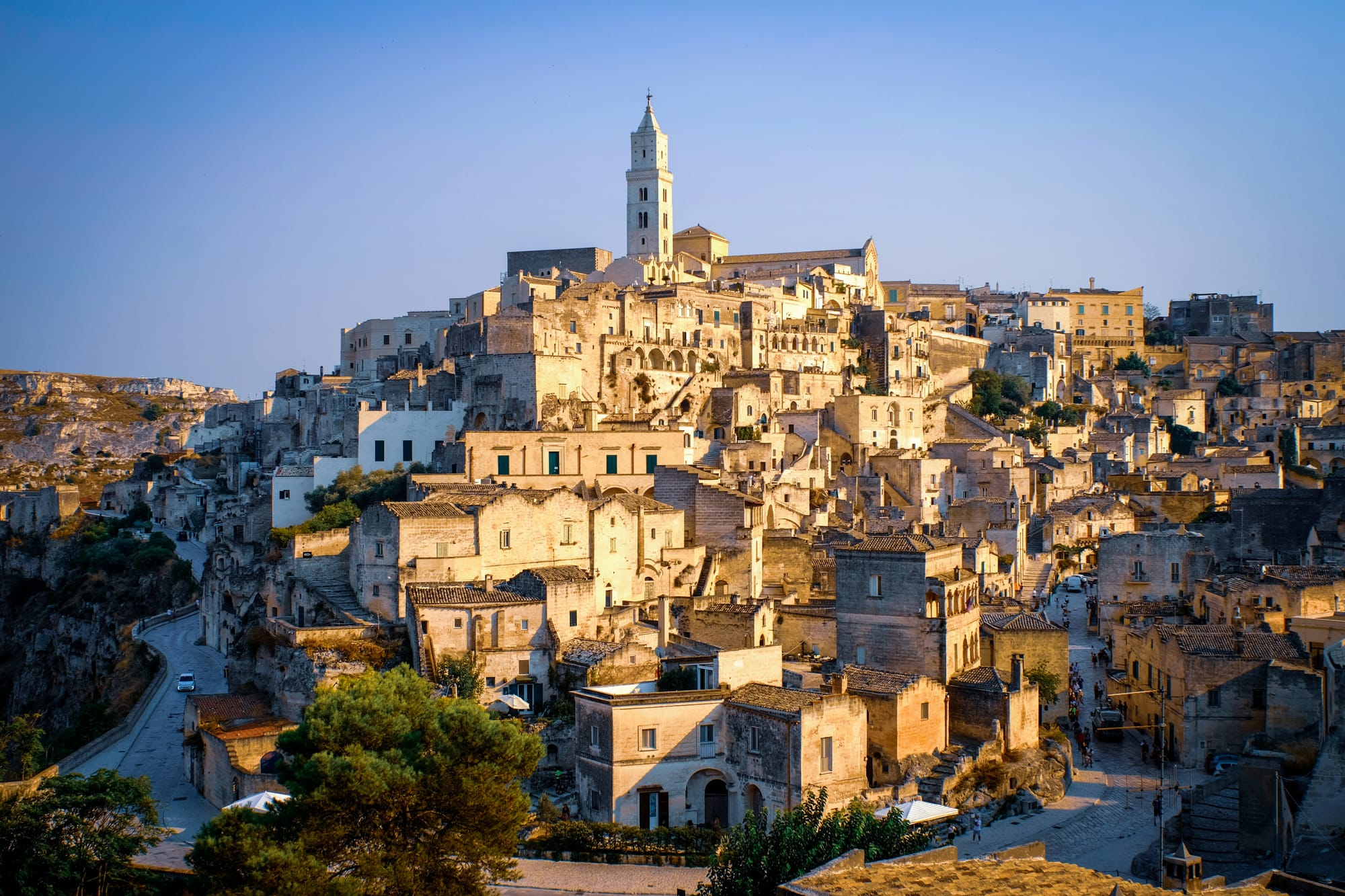
To travel through the art cities of Italy is to participate in a conversation that has spanned millennia. It is to recognize that the arc of Western history was not shaped in dusty archives, but was painted in vibrant fresco, carved from defiant marble, and raised toward the heavens in the form of impossibly ambitious domes. The authentic pulse of Italy is found in the details: in the quiet courtyard of a lesser-known palazzo, in a forgotten fresco inside a neighborhood church, in the artisan workshop where centuries-old traditions are kept alive with passion and precision. It is found in the public square, the true Italian living room, where the architecture itself becomes a backdrop for the art of daily life.
The journey is now yours to curate. Will you follow the trail of a single artist, like Caravaggio, from the dramatic light of Rome to the deep shadows of Naples and Sicily? Will you immerse yourself in a single period, perhaps a deep dive into the humanist courts of the Renaissance by exploring Florence, Urbino, and Mantua? Or will you choose a region and uncover its unique dialect of beauty, from the Byzantine mosaics of the northeast to the Arab-Norman splendors of the south?
Whichever path you choose, let curiosity be your compass. Allow yourself to wander, to look deeper, and to connect with the enduring spirit of a culture that has given the world an immeasurable inheritance. This is your invitation to the modern Grand Tour—a journey not just across a map, but into the very heart of our shared artistic soul. The masterpiece is Italy itself. The journey awaits.
- To learn more about italian regions → Read this guide, which contains all the information you need to discover the Bel Paese.
- Discover the charm of historic squares, markets, art, and museum culture in Italy's Art Cities. Start planning your visit here below:
